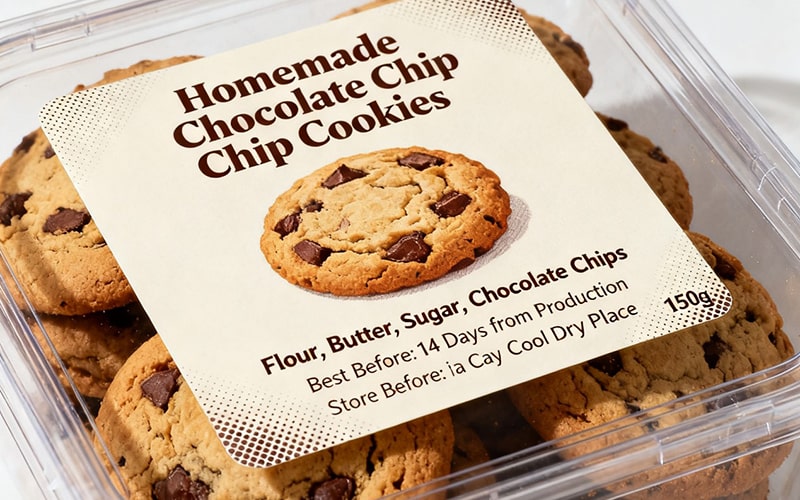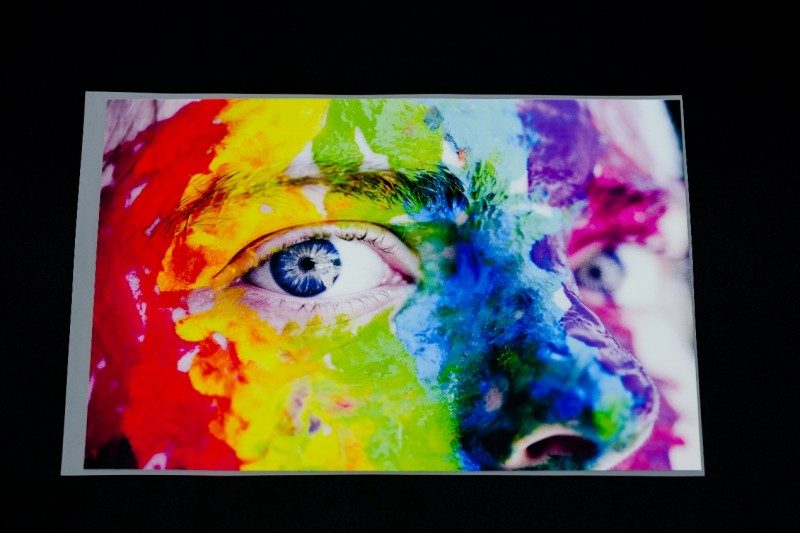Flexo Printing Explained for Self Adhesive Label Films
Flexo printing uses flexible plates to create high...
MoreSelf adhesive label materials, also known as pressure-sensitive labels, are engineered composites consisting of a face material (paper, film, or foil), an adhesive layer, and a silicone-coated release liner. According to industry analysis from MarketsandMarkets, the global pressure-sensitive label market size was valued at USD 93.4 billion in 2023 and is projected to reach USD 123.8 billion by 2028, growing at a CAGR of 5.8%. This growth is primarily driven by expanding applications across food and beverage, pharmaceutical, retail, and logistics sectors. The fundamental advantage of these materials lies in their instant adhesion capability without requiring water, solvent, or heat activation, making them exceptionally efficient for high-speed production environments. Major material manufacturers including Avery Dennison, UPM Raflatac, and CCL Industries continuously develop new formulations to meet evolving industry requirements for durability, sustainability, and performance across diverse application scenarios.
The application spectrum of self adhesive label materials spans virtually every industry vertical. In food and beverage packaging, BOPP (biaxially oriented polypropylene) and PE (polyethylene) filmic materials dominate due to their moisture resistance and flexibility, with global food labeling regulations like FDA 21 CFR Part 101 driving material specifications. Pharmaceutical applications require specialized materials that can withstand sterilization processes while maintaining legibility, with synthetic materials representing over 65% of pharmaceutical primary container labels according to Healthcare Packaging Magazine. The retail sector extensively utilizes paper-based labeling solutions, with enhanced UV-resistant adhesives preventing label deterioration in brightly lit environments. Industrial applications demand the most durable materials, with polyester and polyimide labels capable of resisting extreme temperatures (up to 300°C for certain polyimide variants), chemicals, and outdoor exposure, as documented in UL and CSA certification requirements for electrical component labeling.
Material selection criteria for self adhesive labels involve multiple technical considerations. Adhesive performance varies significantly by formulation, with permanent adhesives providing shear strengths exceeding 60 psi (per ASTM D3654 standards) while removable adhesives maintain peel adhesion below 2.5 N/25mm. Face material thickness ranges from thin films at 38 microns to heavy-duty tag stocks exceeding 250 microns, with tensile strength requirements differing by application. Temperature resistance represents another critical factor, with standard materials performing between -20°C to 80°C while specialty materials endure ranges from -40°C to 300°C. According to FINAT testing standards, label durability encompasses resistance to water (up to 96 hours immersion for marine applications), chemicals (including solvents and oils), and UV radiation (up to 2000 hours weatherability for outdoor use). The release liner composition, typically paper or film, affects converting efficiency and environmental impact, with linerless technologies emerging as sustainable alternatives.
Sustainability and regulatory compliance have become increasingly significant in self adhesive material development. The industry has seen a 42% increase in demand for recycled face materials since 2020 according to TLMI data, with PCR (post-consumer recycled) content reaching up to 100% in certain paper products. Adhesive manufacturers have developed water-based acrylic formulations with reduced environmental impact, while liner recycling initiatives like Avery Dennison's AD Circular program have diverted over 15 million pounds of matrix waste from landfills. Regulatory requirements including FDA, EU 1935/2004, REACH, and Proposition 65 compliance dictate material composition for specific applications, particularly in food contact and sensitive product labeling. Emerging technologies such as RFID-enabled labels (projected to reach USD 18.9 billion by 2027 per Grand View Research) and smart packaging integrations continue to expand functional applications, while biodegradable facestocks and adhesives represent the next frontier in sustainable labeling solutions.
Select the most popular foreign trade service products to meet your diverse needs
Learn more about the dynamics and professional knowledge of the foreign trade industry

Flexo printing uses flexible plates to create high...
More
BOPP Film, or Biaxially Oriented Polypropylene Fil...
More

In the packaging industry, two of the most popular...
More
If you’re new to garment printing, using DTF film ...
More
Sports are all about unity—and nothing fuels team ...
MoreSelect the most popular foreign trade service products to meet your diverse needs
Explore more content related to foreign trade services

Tel: +86 17706217416
Add: Building L2A, No. 520, Lane 1588, Zhuguang Road, Hongqiao World Center, Qingpu District, Shanghai, China
User Comments
Service Experience Sharing from Real Customers
Jennifer Martinez
Warehouse ManagerExcellent self-adhesive label material! Sticks perfectly to various surfaces and maintains adhesion even in our humid storage environment. Highly recommended for logistics use.
David Chen
Retail Store OwnerGreat quality self-adhesive labels that don't leave residue when removed. Perfect for our price tagging and product labeling needs. Consistent performance across different packaging materials.
Sarah Johnson
Office AdministratorThese self-adhesive labels work wonderfully for our filing system and organizational needs. Easy to apply and remove when necessary. The material durability is impressive for daily office use.
Michael Brown
Production SupervisorReliable self-adhesive label material that withstands our manufacturing environment. Good resistance to mild chemicals and moisture. Has significantly improved our product tracking efficiency.